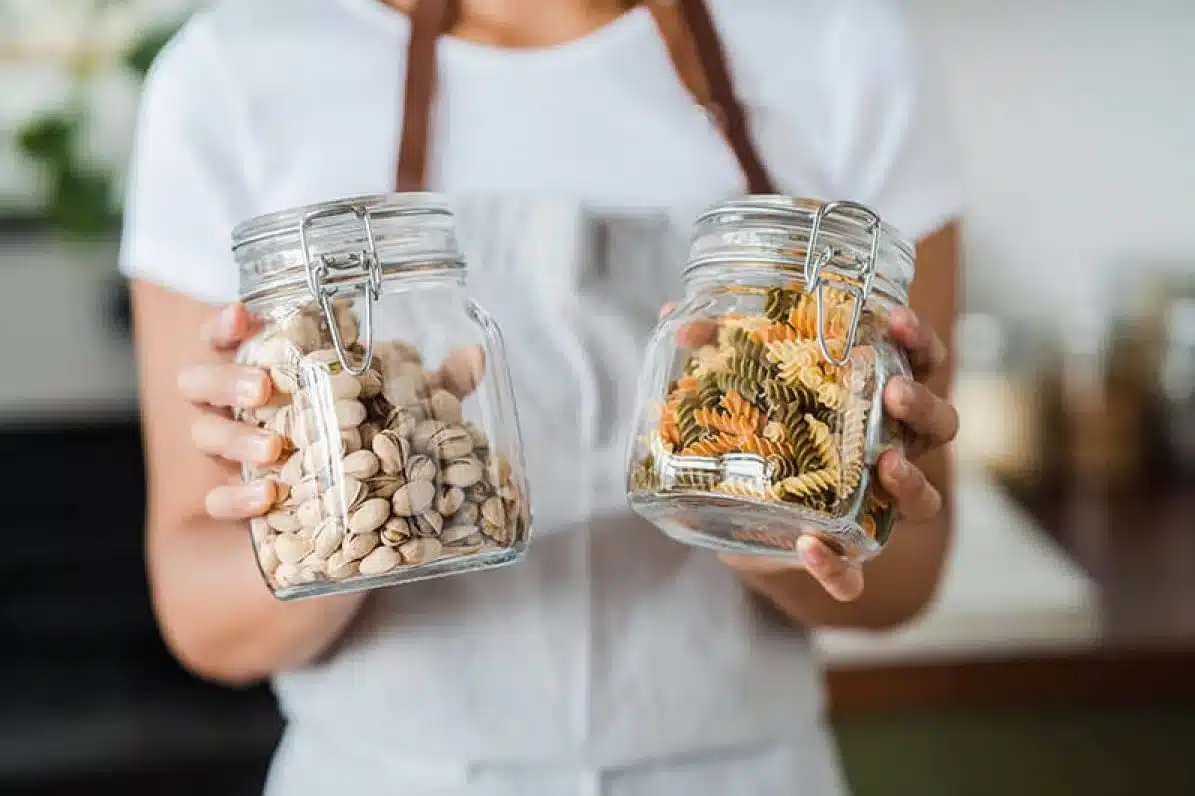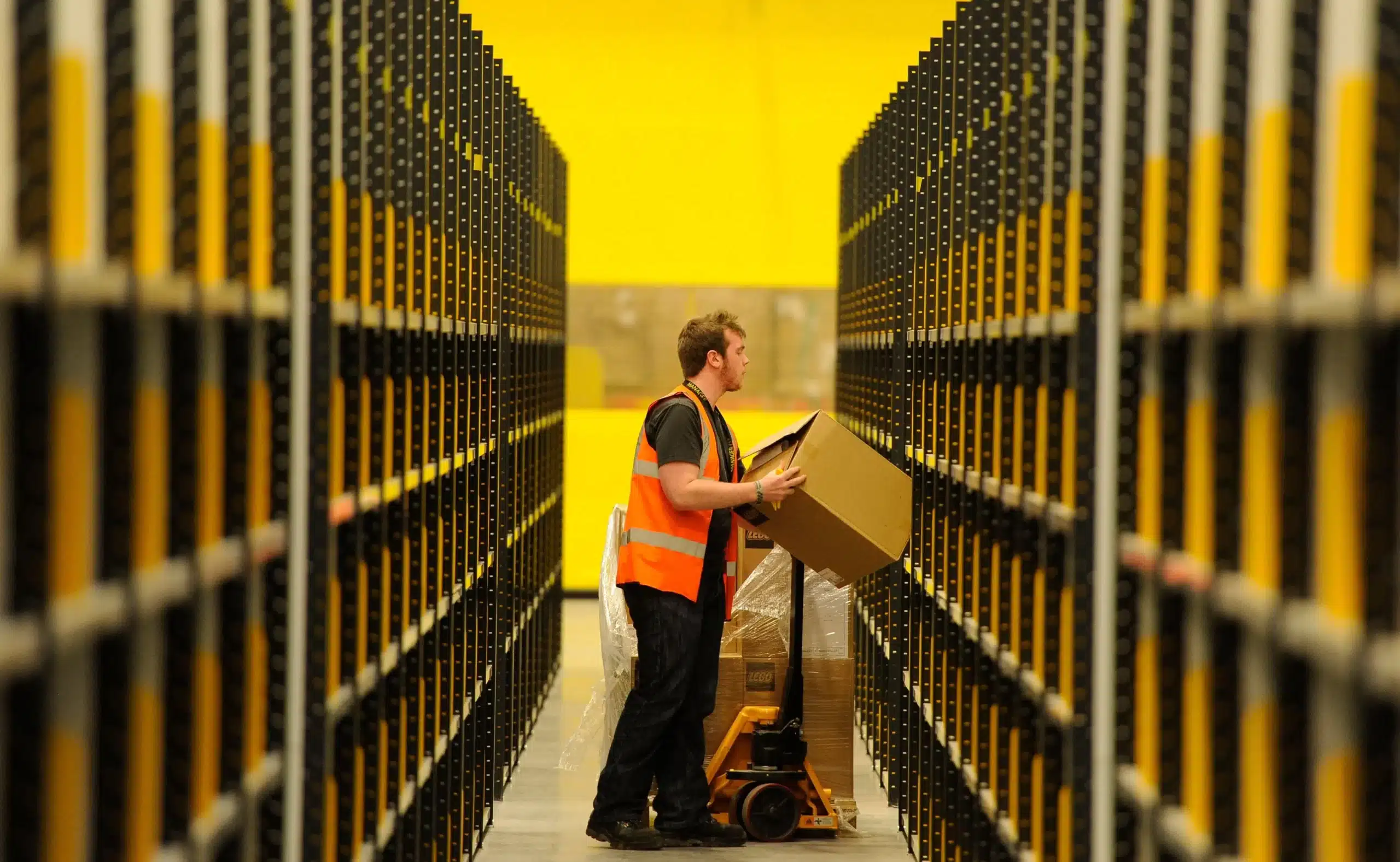Bottled and Jarred Packaged Goods
There are several advantages and disadvantages of Bottled and jarred packaged goods . These include cost, convenience, durability, and environmental impact. This article will give an overview of these benefits and disadvantages. The final decision is yours. Consider these points to make a more informed decision. Bottled and jarred packaged goods has often preferred over canned goods because of their increased shelf life and lower cost. They have better suited to storing than glass bottles.
Bottled And Jarred Packaged Goods Higher Production
Bottled and jarred packaged goods differ in cost but both can be beneficial to consumers. Jarred goods have fewer materials and reused, while bottles have a higher production cost and need more storage space. Jarred products are also more affordable than cans. However, this cost difference is not worth it for all consumers. Bottled and jarred packaged goods products may be harmful to consumers. Read on to learn more about the advantages and disadvantages of both types of packaged goods.
More Expensive Glass Packaging
Glass packaging is more expensive than plastic. It requires higher energy for production and requires greater care during transportation and packaging. The material used for glass packaging increases the overall cost of packaging, as the jar is heavier than a plastic bottle. Glass packaging is also more expensive to ship, which means that the cost to consumers is higher. Bottled and jarred packaged goods are not always the best choice for small businesses or food producers.
Bottled and Jarred Packaged Goods varies widely. While they are more convenient to carry, they are more expensive. They typically come in smaller packages. That fewer products are used. The cost of bottled and jarred packaged goods varies by size and brand. A quart of bottled water can cost between 10 dollars and 30 dollars. A liter of water costs about one dollar.
Environmentally Friendly
Bottled and jarred packaged goods are more environmentally friendly. They do not contain gasoline, which means they last longer. And they protect against more pollution than cans and jars. Jarred packaged goods are also a popular choice for customers. They are easier to store and don’t require a consumer to open the package. They are more convenient, too, and often require less energy than cans and jars.
Bottled and Jarred Packaged Goods also increase food costs. Bottled and Jarred Packaged Goods are better for hygienic reasons. Jar lids protect food from bacteria and toxins. Glass bottles can be more sanitary and maintain a healthier environment. Jars and bottled goods are also cheaper, since they do not need to be shipped as long as they last. If you’re buying jars and bottles, consider the environmental benefits and pros of each type of packaging.
Look Less Attractive
Bottled and Jarred Packaged Goods have their benefits and drawbacks. While Bottled and Jarred Packaged Goods can be stored for long periods of time without spoiling, jarred packaged food has a lower shelf life compared to canned items. Furthermore, jarred goods can be reused for storage because of their high storage values and low production costs. Ultimately, your decision depends on your preference and budget.
Bottled and jarred packaged goods have their disadvantages. Plastics are easier to clean and don’t break as easily as glass. In addition, glass jars require more manual labour and look less attractive. Bottled and jarred packaged goods are becoming more popular because of their convenience. Despite their disadvantages, canned food is popular because of its convenience, quality, and low cost. To learn more about canned foods, read on!
Convenience & Durability
The main advantages of bottled and jarred packaged goods are their convenience and durability. Bottled foods, in particular, can be reused, while glass jars are easier to store and more durable. Moreover, the latter is easier to transport, unlike unpackaged food, which can become moldy if it is not stored properly. Jarred foods are usually cheaper, more convenient to use, and have higher shelf lives than bottled and canned foods. Moreover, they can be recycled.
Wood Containers Are Reusable
Jarred products offer greater quality than Bottled and jarred packaged goods because they can last a longer period of time. Because of their airtight seal, they are easily handled and can stay fresher for longer. Bottled goods are often packaged in plastic containers, which have some disadvantages. Bottled goods are more likely to break if they are exposed to extreme temperatures. However, wood containers are reusable and add an element of delicacy.
Bottled and jarred packaged goods are durable compared to other forms of packaging. Jarred products are made from high-grade materials, which increase their longevity. This is the primary reason why consumers opt for bottled and jarred goods. The convenience of jarred products makes them the preferred choice of many people. However, the durability of jarred and bottled goods is a crucial consideration in making your decision.
Popular Due to Efficiency
Bottled and jarred packaged goods are popular due to their efficiency. Jars are often easier to open than glass containers and also offer excellent hygiene. Moreover, jars are easy to open with table axes and bottle openers. They have convenient than glass bound goods and can be kept longer than their glass counterparts. These advantages make them more popular among consumers. Here are some of the benefits of bottled and jarred goods.
Compared to bottled and jarred packaged goods items are easier to use and transport. Because they are less likely to be damaged or spilled, jars can be stored for a long time without losing their quality. Furthermore, jars are easier to measure. People do not have to shake them as much as they do with jars. Moreover, they can keep them for a longer time, which is essential for busy professionals who need to travel often.
Available in Many Shapes & Sizes
Bottled and jarred packaged goods . These containers are used to store food. They are available in many shapes and sizes. They are made of glass or plastic. Glass bottles are commonly used to package wine and other alcoholic beverages. In addition, they are popular for packaging condiments. Glass bottles are easy to clean and offer visibility of the product. However, they are also heavy and can break easily. It is recommended to read product labels before consuming food packaged in glass bottles.
Compared to jars, bottles are environmentally friendly and convenient. Bottled and jarred packaged goods has more easily recycled, while jars are soil-friendly. Jars can also help preserve food for longer periods of time. Packaging food items requires special packaging to ensure optimum freshness. Jars and bottles has typically made of high-quality materials that will withstand the elements. In addition, they are often convenient to store and use.
The benefits of bottled and jarred packaged goods include a wider selection and easier accessibility. Jars are also more expensive than plastic. Jars are a good alternative for those concerned about the environment.
Environmental Impact
Both bottled and jarred packaged goods have advantages and disadvantages for the environment. Jarred goods are 100% recyclable, while bottled goods contain petroleum by-products. Jarred packaged goods are also time-saving, and their manufacturing cost is much lower than that of cans. However, there are some significant drawbacks of bottled and jarred packaged goods. Here are some of these disadvantages and benefits to consider.
The main advantage of bottled and jarred packaged goods is their longer shelf life. They are also more environmentally friendly than cans. Bottled and jarred goods are more affordable and tend to last longer. Bottled and jarred goods has used together to create more environmentally friendly grocery items. Jarred packaging is better for the environment, and jarred products are more sustainable. Both cans and jars have their advantages and disadvantages, but jarred goods are the best option for many consumers.
Safe For Human Consumption
The disadvantages of bottled and jarred packaged goods include a greater weight than jars and plastics. The heavier weights increase the costs of transportation, and the materials themselves are more fragile. The jars are less convenient, and bottled and jarred packaged goods are often prone to breaking during transport. While most packaged food is safe for human consumption, some may require special handling, heating, or refrigeration before consumption.
Bottled and jarred packaged goods contain a wide range of processed and pre-produced foods. As food processing continues to advance, more products has bottled and jarred packaged goods. This trend has led to debates about whether jars and bottles are better for the environment. While jars and bottles are certainly more environmentally friendly, the debates are still ongoing. The debate has dominated by concerns about toxins and hygiene.
Reduces Overall Environmental Impact
Bottled and jarred packaged goods are more environmentally friendly than cans or plastics. These packaging materials has recyclable and used repeatedly, which reduces their overall environmental impact. The use of resource-efficient materials makes them an environmentally friendly choice. It used for synthetic clothing or even tapestries. Unlike plastics, glass does not degrade when recycled.




